Maybe I'm more distracted after handing off our tiniest-ever foster puppy (Pavé) earlier this week, but this third cancer relative risk paper from Nationwide Pet Insurance is really something to wade through. It discusses dog size and cancer risks — overall as well as for several specific / common canine cancers (bone cancer, splenic cancer, liver cancer, lymphatic cancer, mammary cancer). This may require more than one post. I may do a video at some point, but let's dig into at least some of it now. Scroll all the way down to see bonus photos and more info about tiny Pavé in case you missed him on our social media feeds.
More...
Actionable Headlines About Dog Size and Cancer Risks
I strongly encourage you to read the entire 12-page paper yourself. It's called About the size of it: Scaling canine cancer risk, and it's pretty dense with stats and caveats and details that may jump at you more than they did me. That said, I want to share a few actionable headlines about dog size and cancer risks. Use them to make informed decisions about your dog's veterinary care and diagnostics.
Since the first cancer paper focused on doodle dogs and parent breeds and the second paper looked at cancer risks by breed, this one mostly used mixed-breed dog data compared to all dogs to isolate size as a factor better.
When to Increase Your Vigilance
Overall, risk for cancer goes up with age and body size, the paper suggests vigilance at these ages:
- Large / extra-large dogs - as early as 6-7 years old
- Medium dogs - assuming somewhere in between, like 7-8 years old
- Toy / small dogs - as early as ages 9-10 years old
In this section of the paper, the authors say to "consider the 'shape' of the data ... rather than the absolutely values" since some of the relative risk values may seem low. In other words, where does it start getting steep for your size of dog?
When to Wait and See
The paper says that large and extra-large mixed-breed dogs are "almost 4 times more likely" than medium-sized mixed-breed dogs and "more than 13 times more likely" than toy/small mixed-breed dogs to have a bone cancer claim submitted.
What does that mean for you? If your your middle-aged large/extra-large dog starts limping, you do NOT wait and see while using rest and pain relievers. You go straight to x-rays to see what's what.
Smaller dogs? Sure, maybe wait and see, but not with big ones. The sooner DVMs find bone cancer, the more treatment options (and potentially better outcomes) you might have.
What / When to Watch for (Bleeping) Hemangiosarcoma
Well, what's interesting about dog size and cancer risks for spleen cancer (hemangiosarcoma) is that the paper says, "While splenic cancer is far more common in the larger dogs, the baseline rate in the smaller mixed breeds is still significantly
higher than it is with bone cancer."
The paper describes the problem with this particular cancer being "notoriously silent," but it recommends awareness of signs like these:
- Lethargy
- Decreased appetite
- Pale gums
- Distended abdomen
- Collapse
What to Do About Liver Cancer
Okay, so this chunk of data caught me off guard with "medium dogs showing a similar 'steepness' of risk as their larger counterparts" about 2 years later than bigger dogs.
Big Yikes!!
The clinical significance here is this: Do that routine bloodwork in senior dogs, looking for any liver values that are off. And, if you want to be extra cautious, consider ultrasound too.
When to Watch for Lymphoma
The paper notes "very similar relative risk profiles across all sizes of mixed breeds" for lymphatic cancer (most common is lymphoma). However, for medium, large, and extra-large dogs, the surge in risk shows "an early bump in relative risk at around age 7."
This is "a significant risk to middle-aged dogs" than other cancers, so do those CBC blood tests and watch for other signs of lymphoma like these:
- Swollen lymph nodes (neck, in back of the jaw, behind the knees)
- Not wanting to eat
- Low energy and lethargy
- Drop in weight
- Greater thirst and urination
- Fever
- Difficulty breathing
Yeow! Mammary Cancer Differences
Ready to see a chart that's definitely NOT like the others? Let's look at mammary cancer that the paper says "appears to be our 'exception that proves the rule.'"
Look at that relative risks line for toy / small dogs!!!
It may have something to do with age of spaying smaller dogs. It may be "simply the 'cancer that gests them.'" The paper calls this preliminary data "inconclusive."
However, really any lump or bump that sticks around needs to be checked, especially after about age 6 in any size dog. And, for toy/small dogs? Maybe be more vigilant about any changes near their mams.
So that's what I have to share on this third paper today that adds to what we know about dog size and cancer risks.
and, now, without further ado ...
Meet Pavé
Bonus photo of Pavé. He was just 1 pound, 10 ounces, when he came to us for fostering on July 11. He seriously looked like a mouse (or a very tiny elephant). Some good samaritans found him alone in a parking lot and brought him to the shelter. He had sickly poops. Thankfully, he tested negative for parvo. A few days of probiotics and good food, including some puppy formula mixed in with his food got his tummy back on track. Sweet, tiny baby. What a joy! Feels like a once-in-a-lifetime chance to help raise such a tiny puppy. Fare thee well, tiny boy.
Here's the adoption bio I wrote for him ...
Meet Pavé (pronounced paw-vay). This tiny explorer brings remarkable confidence into the big, wide world. He walks like a dream on leash and works hard at housetraining. He enjoys snuggling, pouncing on toes (socks or no socks), and kissing – especially earlobes. Fair warning. It tickles, and the more you giggle, the more he kisses. He’s also a bit of a baby shark (doo doo doo doo doo) with tiny needle teefs. He loves blueberries and small slices of strawberry and banana daily. Being so young, he has only binged Season 1 of Stranger Things, so no spoilers, please.



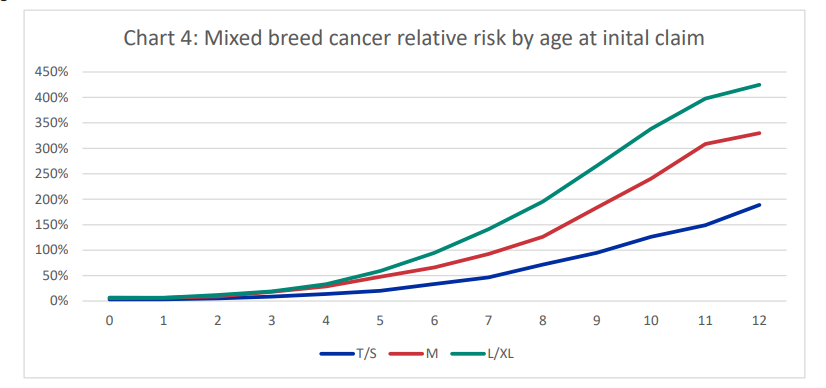
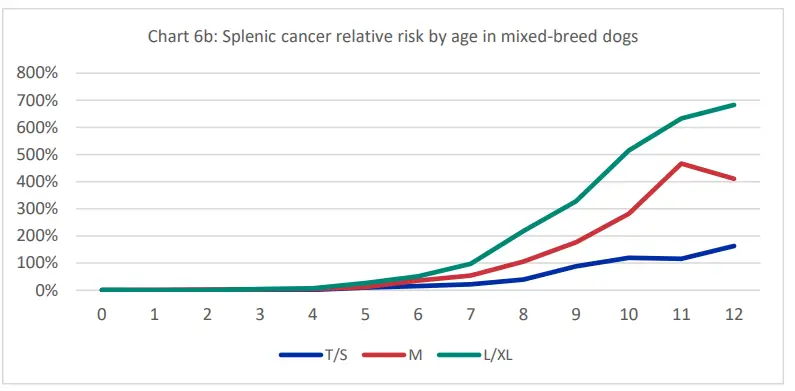
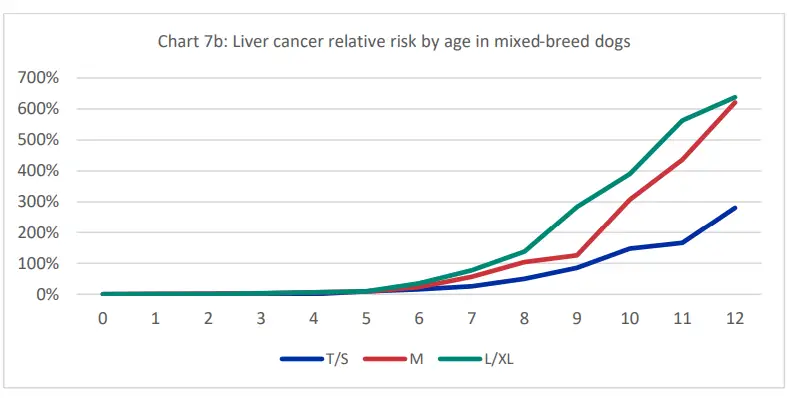
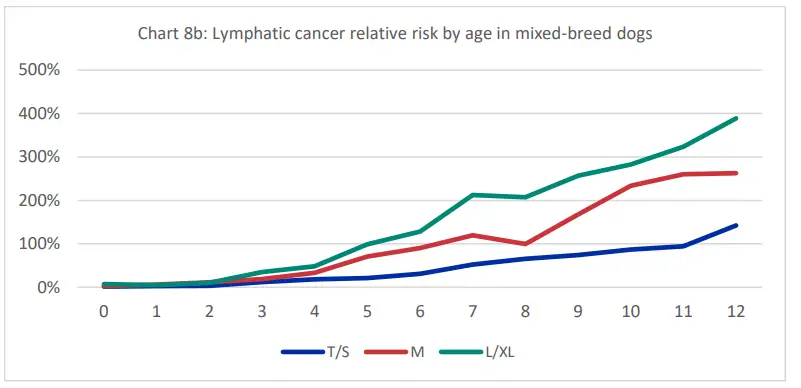
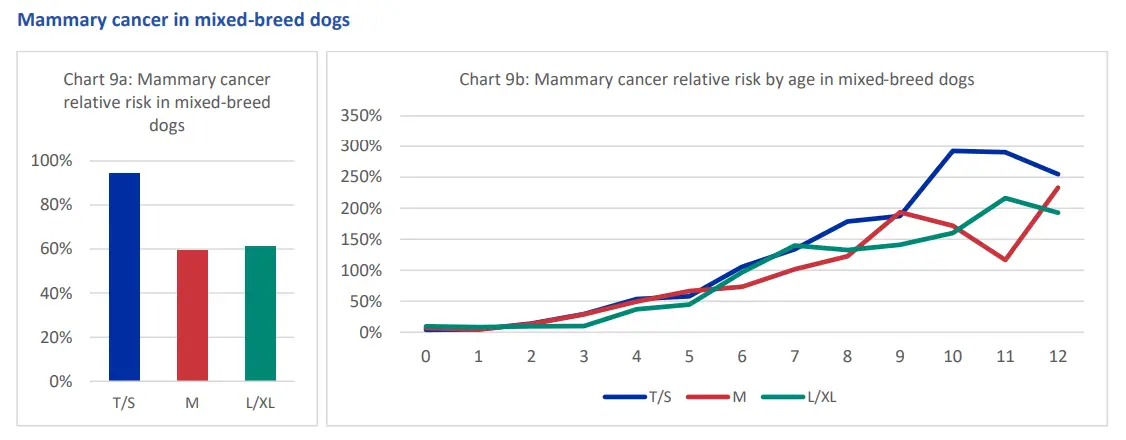
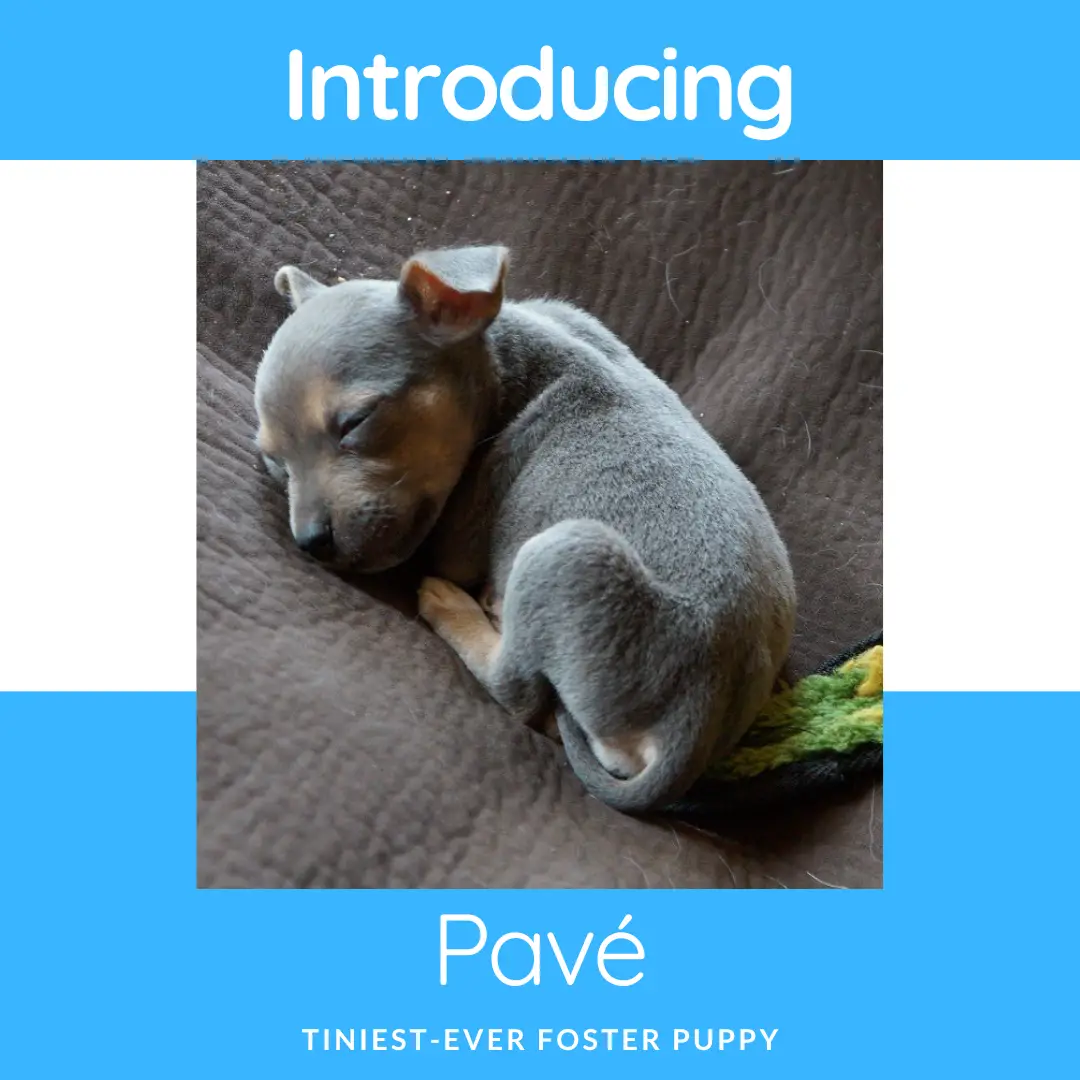

Interesting post. I’ve been w/Nationwide since 2001 when they were VPI (Veterinary Pet Insurance). I took out two policies on my Boston Terriers as puppies, Chipper and Poco. Along with the policies, I took out cancer riders. Poco passed away at 4-1/2 yrs old from meningoencephalitis (inflammatory brain disease). However, Chipper was a mast cell tumor magnet, and had five in his life, beginning at age 5 -4 Grade II and 1 Grade I. He passed away from a brain glioma one month shy of his 12th birthday. He lost his brother Bruno at age 5 yrs (another owner) from cancer. I learned from Chip’s breeder that Bostons are prone to cancer. As an aside, glad I had the insurance because I was reimbursed over $15,000 for Chip’s illnesses and cancer.
Being a 27 years cancer survivor myself has made me more aware of cancer in people and animals. My fear is our environment plays a critical role in all cancers: air, water, and food are possible links, all being things necessary to live. Three months before my diagnosis our 14 year old Black Lab became sick suddenly after never having any serious illness before. He was from a litter of 12, Bo Jangles was the runt, his breeder gave him mouth to mouth to get him breathing, He was neutered at 3, the vets at that time suggested waiting that long which I did not question. Both of his parents died from cancer early on, neither were spayed or neutered. Bo’s litter mates also died early on except for one that was run over by a truck (UPS) no information on the other 10. Bo had a large chest mass, the vets said surgery would not help and to let him live his remaining months unless he appeared in pain. On Thanksgiving Day he refused to eat, that year was a holiday weekend, no pet ER than so I planned to take him to the vets on Monday, sadly he passed that night in his kennel.
Great information. Thanks for sharing. And I loved following Pave’s adventures during his foster time with you
I have a large 70 lb rescue dog who is now 12 years old, will be 13 in November. He’s been in a cancer-prevention study for the past two years. I believe he got the actual vaccine instead of the placebo because, despite having several “bumps,” he is cancer-free. The bumps are like a fatty cyst. He is checked every 6 months and given a booster annually. So far, I think he’s a big success story. I hope!